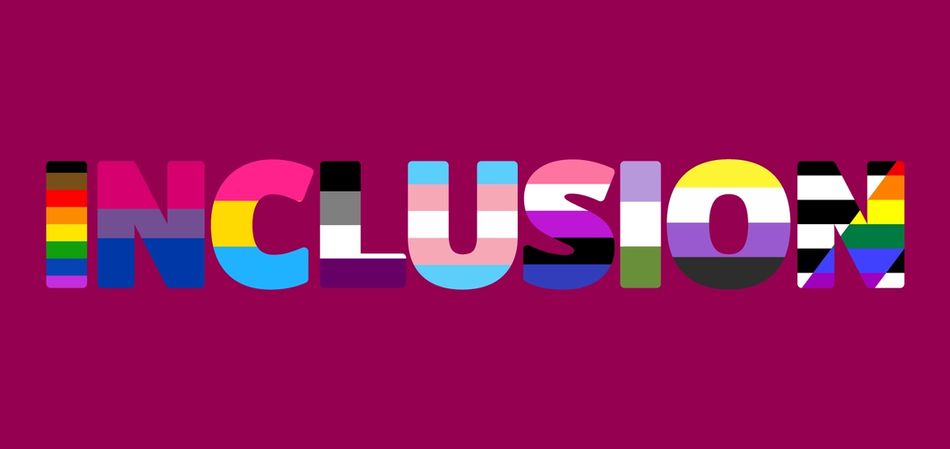

Around 4.5 percent of the US population is LGBT, according to the Williams Institute. And the LGBT population is young, with its majority under 34 years of age — and growing.

At Project Include, we survey employees to learn from demographics and sentiment. Sometimes what isn't answered speaks as loudly as the answers themselves. The questions employees don’t answer most often are about sexual orientation and gender.
To me, that means employees aren't yet comfortable identifying themselves in the workplace by gender or sexual orientation. They often fear unfair or even negative treatment by management and peers; that fear sometimes, unfortunately, isn't unfounded. For example, we have heard of employees pushing for religious employee resource groups (ERGs) so that they have company support to discuss removing LGBTQIA rights, such as the right to marry.
Simple ways for leaders to advocate for greater inclusivity
We recommend against pushing employees to self-identify over their reasonable fears; instead we encourage CEOs to start by making all LGBTQIA employees feel included, even the ones who don’t publicly self-identify.
Here are some simple starting points:
- Advance policies and infrastructure: Think about how simple infrastructure changes can make people feel more welcome. For example, all-gender bathrooms and gender-neutral dress codes.
- Support more inclusive communication: Provide options to identify partners as any gender, any person as nonbinary or genderqueer, individualized pronouns, non-heterosexual and nonbinary options in documents.
- Provide inclusive services and care: Ensure benefits are LGBTQIA-friendly, provide medical and insurance benefits that support transition-related care and spouses of any gender.
- Be mindful of interpersonal interactions: Make sure to follow individuals’ gender identity preferences, make correct use of individualized pronouns, and ask about same-gender, transgender, nonbinary or genderqueer partners as often as heterosexual partners.
Your company’s code of conduct—and if you don’t yet have one, you need to develop one immediately—should include these expectations of behavior as well as ways to report and respond to violations. Of course, processes for hiring, managing, compensating, and promoting employees should try to eliminate gender, anti-transgender, sexual orientation, and other biases.
Make space for your employees to get involved
Actions speak louder than words. Employees can become advocates by getting more involved. Range has shared some suggestions for how to celebrate Pride at work, and UC Davis has aggregated recommendations for people who want to become an ally of the LGBTQIA community. And everyone should read the related list and definitions of words that hurt. Everyone won’t get it right every time at the start; encourage people to speak up for others to help everyone get it right the next time.
Open your mind and listen. Use your platform and privilege to amplify the LGBTQIA voices around you.
At the end of the day, it all comes down to one thing: Respect all your coworkers.








